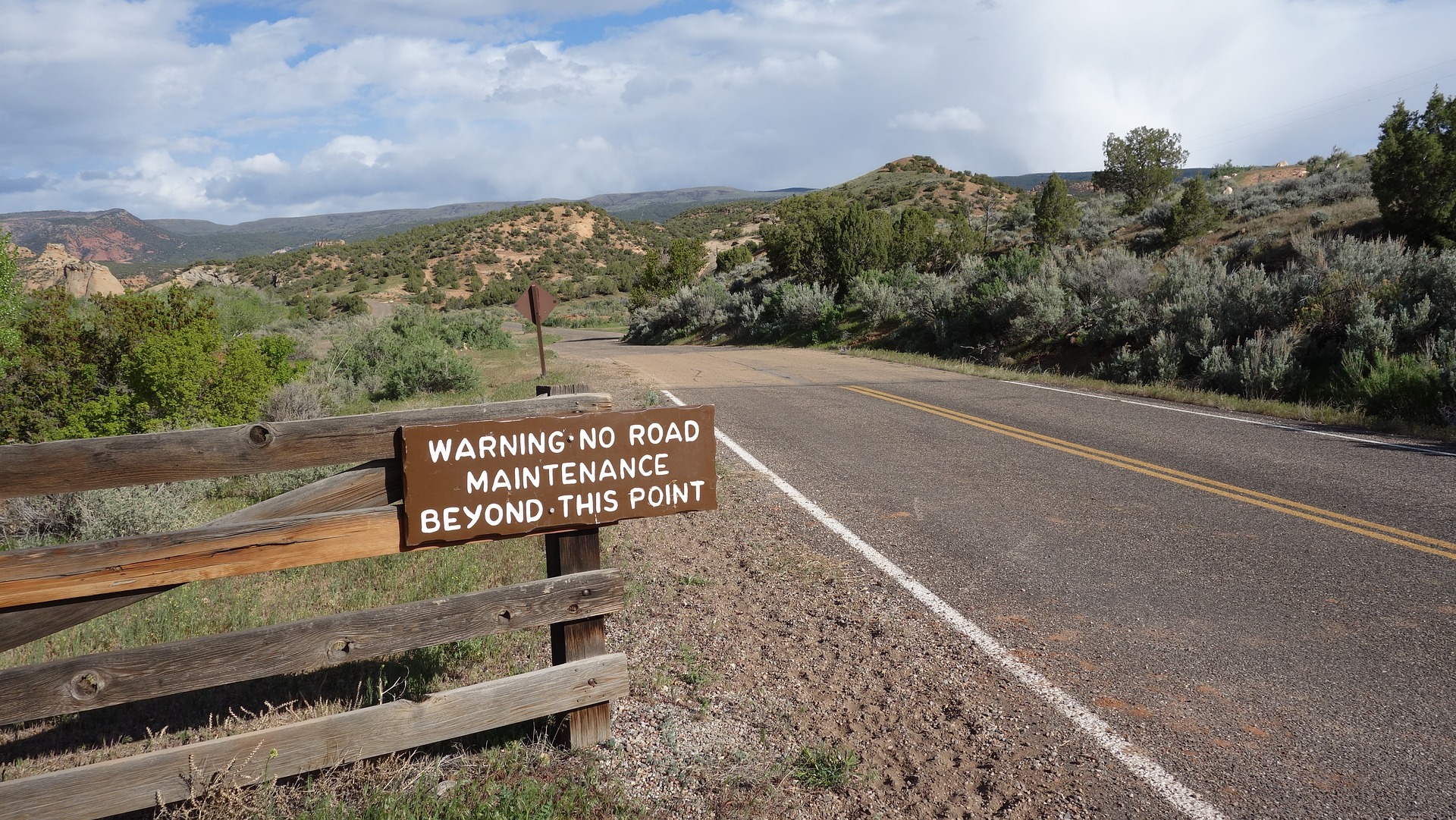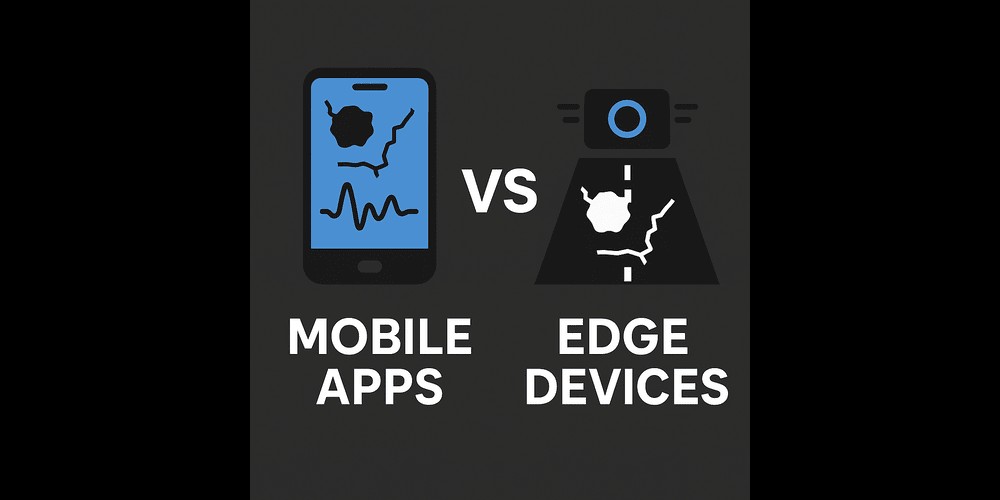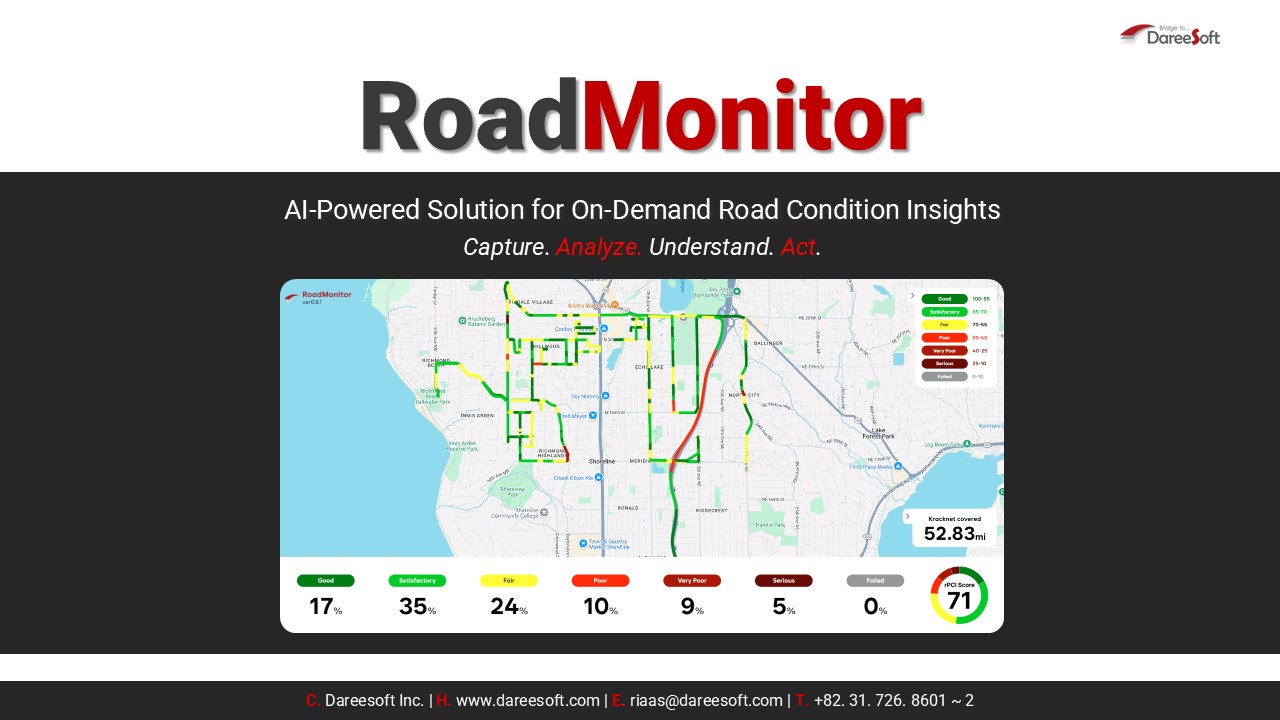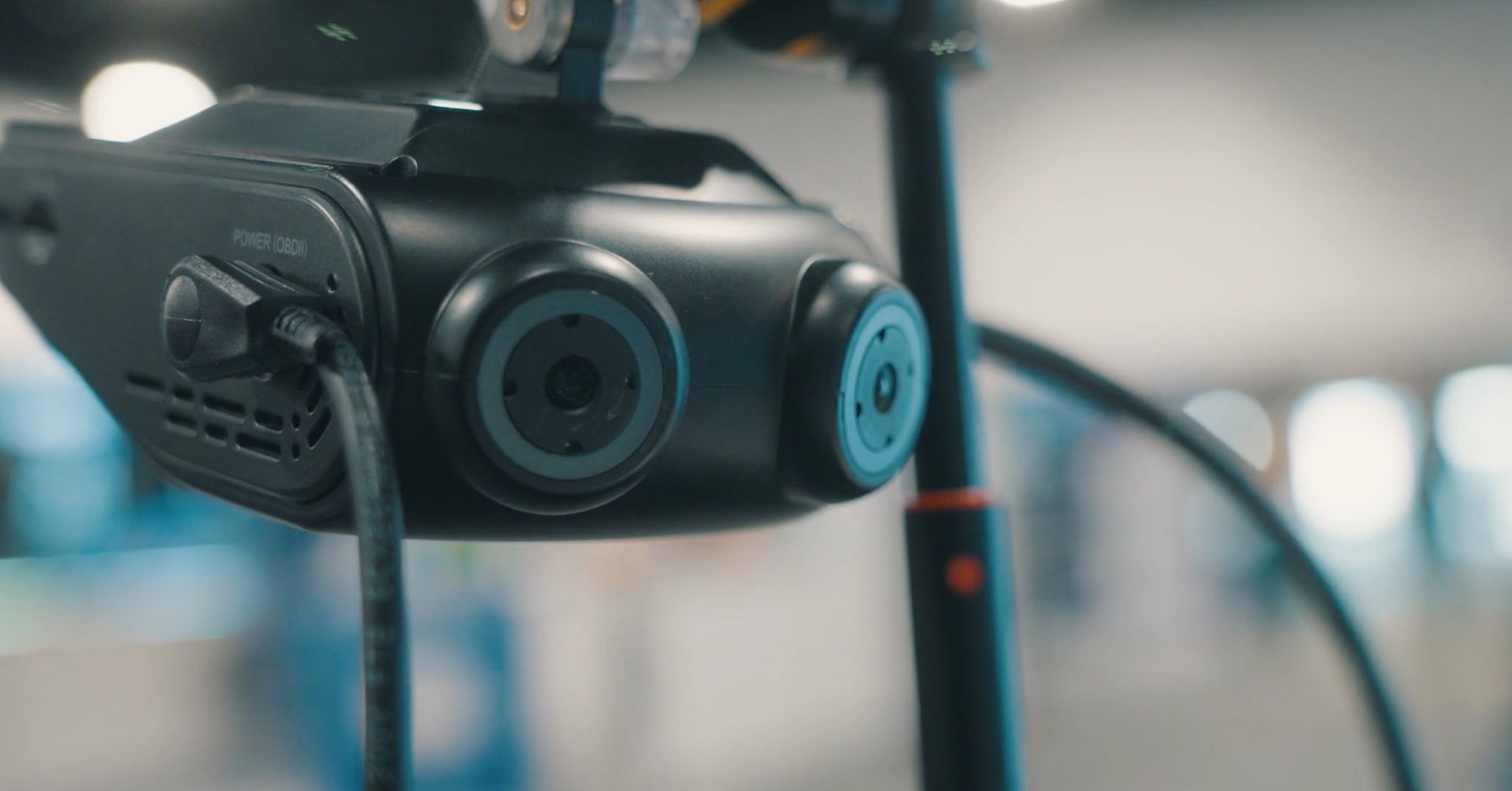
Road Safety November 15, 2023
How AI can revolutionize Road Hazard Analysis
The advent of modern technology has simplified and solved complex problems in human lives, including the use of AI, which has a wide range of applications in different fields from manufacturing to medical sciences, and even in our daily lives. However, road hazard monitoring has been somewhat aloof from technology integration, with current methods being largely manual, inaccurate, and time-consuming. AI and machine learning have the potential to revolutionize road hazard monitoring by enabling the development of more accurate and effective hazard detection and prediction systems.
- Real-time monitoring: AI-powered cameras and sensors can be installed on roadways to monitor traffic patterns, weather conditions, and other environmental factors. This information can be used to identify potential hazards such as accidents, congestion, or weather-related incidents.
- Hazard detection: Machine learning algorithms can be trained to recognize different types of hazards, such as potholes, debris, or other obstacles in the road. This can help to quickly identify and alert drivers to potential dangers.
- Predictive modeling: By analyzing historical data on road conditions and accidents, machine learning algorithms can be used to predict when and where hazards are most likely to occur. This can help transportation officials to proactively address potential issues before they become major problems.
- Automated response: In addition to detecting hazards, AI and machine learning can be used to automatically respond to them. For example, an AI system could dispatch a maintenance crew to repair a pothole or remove debris from the road.
Overall, the utilization of AI and machine learning in road hazard monitoring is a potential game-changer that can make our roadways safer and more efficient for drivers and transportation officials alike. DareeSoft, a South Korean company, has impressively used these technologies in their RiaaS (Road Hazard Information as a Service) solution. The application of AI Vision and machine learning technologies enables the visualization and mapping of road hazards like potholes, cracks, banners, erased road marks, damaged guide rods, among others, with the potential for customization to visualize other road hazards. Such technologies are bound to revolutionize the road hazard analysis sector, providing safer and more convenient lives for people empowering the governance and saving the costs of vehicle damage.
POPULAR
-
 Dareesoft’s Global Momentum: Showcasing Innovation Across Major International Exhibitions
Dareesoft’s Global Momentum: Showcasing Innovation Across Major International Exhibitions -
 Why Most Mobile App Based Road Monitoring Companies Are a Joke
Why Most Mobile App Based Road Monitoring Companies Are a Joke -
 How Dareesoft’s AI-Powered Road Monitor is Transforming Road Maintenance and Urban Infrastructure
How Dareesoft’s AI-Powered Road Monitor is Transforming Road Maintenance and Urban Infrastructure -
 Convert Your Roads into Next Generation Roads with RiaaS
Convert Your Roads into Next Generation Roads with RiaaS
